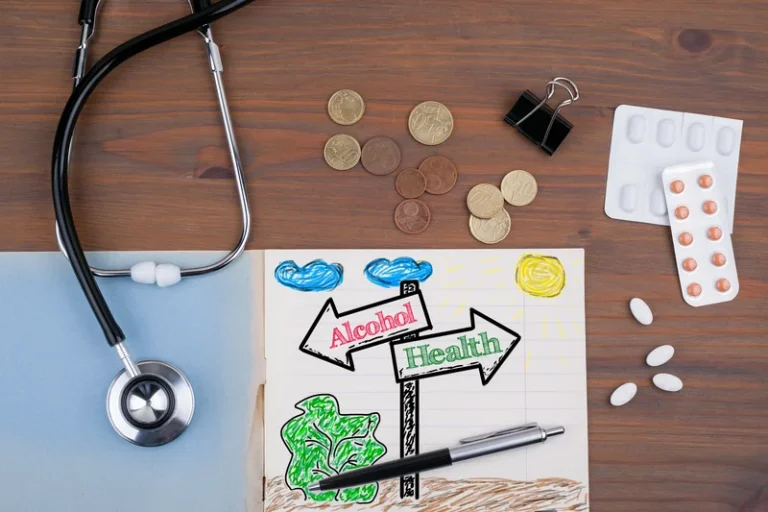
A federal jury convicted a Kentucky doctor, a Texas businessman, and a Kentucky woman yesterday for their roles operating a scheme out of a series of addiction treatment facilities in Kentucky that fraudulently billed Medicare and Kentucky Medicaid for over $8 million. SAMHSA can directly improve care coordination among providers caring for patients with OUD by revising regulations that restrict data sharing. Heller said the lack of access to treatment is also driven by broader, systemic issues. She said many Black people fear that, by seeking social services, they might become ensnared in the criminal justice system and ultimately lose their employment, housing, or even custody of their children. Meanwhile, buprenorphine can be prescribed in an office setting and filled at the pharmacy.
Drug Overdose and Substance Use
Recognizing that recovery is often nonlinear, a more nuanced view of treatment is needed, one that acknowledges that there are multiple paths to recovery. Expecting complete abstinence may be unrealistic in some cases and can even be harmful. It can pose a barrier to seeking and entering treatment and perpetuate stigma and shame at treatment setbacks.
Risk Factors and Screening
The Drug Addiction Treatment Act of 2000 requires licensed clinicians to complete additional training to qualify for a waiver to prescribe buprenorphine. This additional requirement disincentivizes prescribers from providing treatment. Furthermore, even certified prescribers can only prescribe buprenorphine to a limited number of patients.
- The research by Andrews et al. cited above suggests that the overwhelming majority of those who gained Medicaid coverage due to expansion would otherwise have been uninsured, so little of this funding would likely be replaced by other insurance coverage.
- Furthermore, abstinence-based residential programs are still a common therapeutic modality even though clinical trials show high rates of relapse without the use of MOUD.
- The growth in Medicaid’s role in OUD treatment is mirrored in hospital utilization data.
- Research should investigate the impact of this tool and other similar initiatives to illustrate whether they effectively recruit patients into using MOUD.
Family Therapy
The use of any of these medications increases the duration of patient engagement with treatment and reduces the use of illicit opioids 6. Treatment with methadone and buprenorphine has additional, well-established benefits. Methadone and buprenorphine substantially decrease the risk of overdose, opioid-related and all-cause mortality, and the spread of infectious diseases such as human immunodeficiency virus (HIV) and hepatitis C virus (HCV)6,7. In a large randomized trial, the use of Drug rehabilitation extended-release injectable naltrexone in conjunction with psychosocial therapy resulted in significantly more weeks of abstinence than placebo 8. Providing basic training to a wide range of clinical providers is an important first step toward addressing the treatment gap, but it is not enough. The United States, with a population of 320 million people, is served by fewer than 2,000 board-certified addiction psychiatrists and 2,500 physicians certified in addiction medicine.
- Overcoming an SUD is not as simple as resisting the temptation to take drugs.
- It also provides syringes, safe-use toolkits, the overdose reversal drug naloxone, fentanyl test strips, and recovery referral services — all in a familiar, neighborhood environment.
- Although clinicians can prescribe controlled substances such as fentanyl and morphine without mandatory training in substance use or pain management, agonist treatment medications have increased regulatory and logistic barriers.
- You are living with your peers, and you can support each other to stay in recovery.
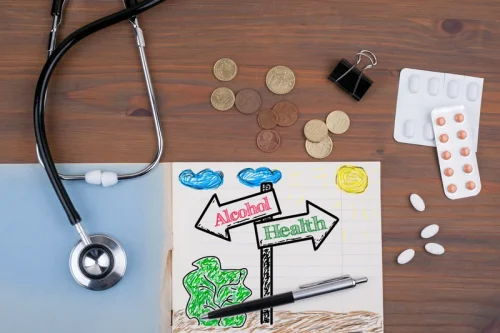
There is an urgent need to develop flexible systems of care that are centered around patient needs. Initiating buprenorphine treatment for OUD in emergency departments (EDs) increases treatment engagement 56. In some studies, up to 70 percent of ED physicians consider themselves prepared to screen for OUD, diagnose it, and counsel patients on the use of naloxone to treat overdose 24. However, fewer than 30 percent initiate buprenorphine for treatment, perceiving barriers to administering buprenorphine such as not wanting to be one of the few prescribers in their department 24.
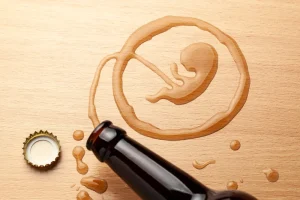
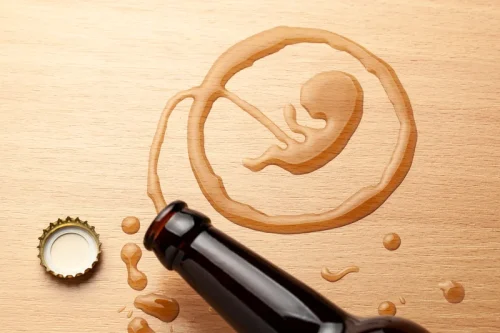
It mostly happens when people continue taking either higher-than-prescribed or more frequent doses of opioid painkillers, or they use opioids to get high. OUD disrupts daily life significantly, leading to physical dependence, distress, and severe withdrawal symptoms when the drug is stopped. It also impacts the areas of the brain responsible for the body’s vital functions, making it a critical health concern.
Opioid Addiction Treatment: A Pocket Guide for Patients, Families, and Friends
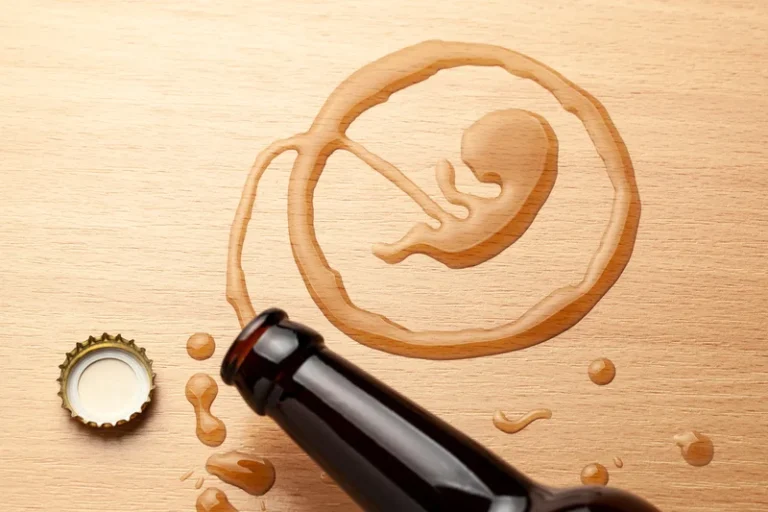
We should increase efforts across the health care system to ensure that patients get the services they need. Notably, complementing MOUD with psychosocial and behavioral health services might be helpful in many cases, but the absence of behavioral health services should not be a barrier to prescribing MOUD. Approximately 8.9 million adults with SUD also have co-occurring psychiatric disorders 43.
What to expect from an opioid treatment program
If proven effective in helping improve outcomes and patient care, models of integration with prescription drug monitoring programs should be considered. In recent years, rural areas have witnessed greater increases in opioid-related deaths than opioid addiction treatment nonrural areas 83. These deaths are propelled in part by significant barriers to accessing treatment, including stigma against MOUD, severe provider shortages, and a weak health infrastructure resulting in long distances to access care 5. According to a recent survey, more than half of rural counties still lack a buprenorphine provider, leaving almost 33 percent of rural Americans without access to buprenorphine within their county 53.
Methadone
- Agencies that license or accredit substance use treatment facilities can also incorporate these metrics in their assessment of programs.
- “FDA approves first buprenorphine implant for treatment of opioid dependence.”
- A .gov website belongs to an official government organization in the United States.
- This option may be recommended for mild OUD or as a secondary program after an inpatient stay.
- The aim of this paper is to identify strategies to increase access to effective medical treatment for OUD, with a focus on addressing barriers limiting access to MOUD in health care settings that patients with OUD are likely to encounter.
- A 2021 report by the National Institute on Drug Abuse (NIDA) suggests that methadone and buprenorphine are equally effective in treating OUD.
- Removing stigma is a critical factor in the development of high-quality treatment services needed for reducing the burden of OUD.
Public and private payers should cover all evidence-based treatment for OUD, including treatment with methadone. The 2017 President’s Commission on Drug Addiction and the Opioid Crisis called for treatment on demand. Negative attitudes toward MOUD among other health care staff can also limit access to treatment. Studies demonstrate that stigma among pharmacists can lead to reluctance to provide naloxone and MOUD 26,27.
